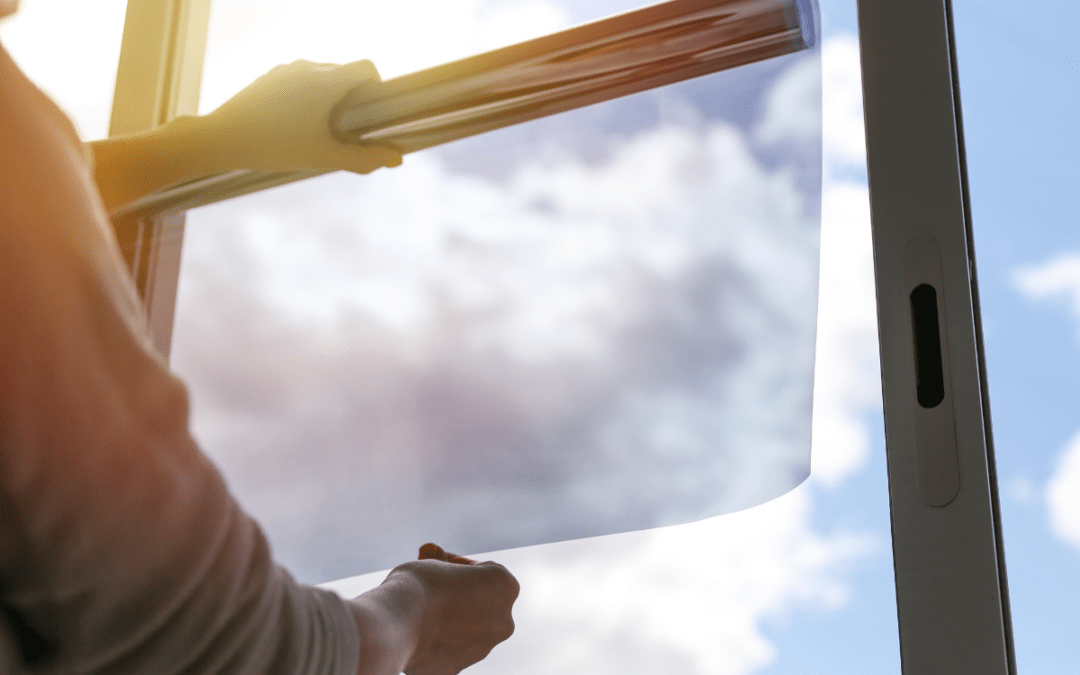Window tinting can be a fantastic way to improve your home’s privacy, energy efficiency, and aesthetics, but when it comes to installation, you have two options: DIY home window tinting or professional installation. Both have their advantages and disadvantages, so it’s important to weigh the pros and cons before deciding which route to take. In this article, we’ll compare DIY window tinting and professional installation to help you choose the best option for your home and budget.
1. DIY Home Window Tinting: Pros & Cons
Pros of DIY Window Tinting
Cost Savings
The biggest advantage of DIY window tinting is the potential for cost savings. Professional installation can be expensive, and opting for a DIY kit can significantly reduce the overall cost. Window tinting kits are widely available online and in stores, and they usually cost less than the labor involved in professional installation.
- Cost: DIY kits typically range from $30 to $150 depending on the quality of the film and the number of windows you plan to tint.
Flexibility and Control
With DIY tinting, you have full control over the process. You can install the tint at your own pace, on your own schedule, and without worrying about appointment times or installation costs. You can also choose the exact tint film that suits your preferences without being restricted by what a professional installer has available.
- Benefit: Total control over the type of film and installation process.
Satisfaction of Doing It Yourself
For those who enjoy hands-on projects, DIY window tinting can be a rewarding experience. It allows you to learn about window film, improve your home, and complete a project on your own, which can be satisfying if you’re someone who enjoys DIY tasks.
- Benefit: The sense of accomplishment from completing a home improvement project yourself.
Cons of DIY Window Tinting
Lack of Experience
One of the biggest drawbacks of DIY window tinting is the lack of professional expertise. If you’ve never tinted windows before, it can be challenging to get the application just right. Issues like bubbles, wrinkles, or uneven edges can arise if the tint isn’t applied correctly. These mistakes are often hard to fix and can detract from the overall appearance of your windows.
- Consideration: Professional installation ensures that your tint is applied smoothly and without imperfections.
Limited Durability and Performance
DIY window tinting kits typically use lower-quality films compared to professional-grade products. These films may not offer the same level of heat rejection, UV protection, or durability. Over time, cheaper films can fade, crack, or peel, meaning that you might need to replace them sooner than expected.
- Consideration: Cheaper DIY films may not offer long-lasting results compared to professional-grade options.
Time-Consuming
DIY window tinting can be a time-consuming process. Depending on the number of windows and their size, the installation could take several hours or even a full day. For larger homes, this could become a major inconvenience.
- Consideration: DIY installation takes time and may require multiple attempts to get it right.
2. Professional Window Tinting Installation: Pros & Cons
Pros of Professional Installation
Expertise and Quality
Professional installers are highly experienced in applying window tint and understand how to avoid common mistakes. They use high-quality, durable films that are designed to last longer and perform better than DIY options. The installation process is precise and ensures that the tint adheres properly, giving you a clean, smooth, and long-lasting result.
- Benefit: Professional installers use superior materials and have the skills to apply tint flawlessly.
Time-Saving
Hiring a professional means you don’t have to spend hours or days doing the work yourself. The installation is typically completed quickly—often within a few hours—allowing you to enjoy the benefits of tinted windows without the hassle.
- Benefit: Saves time, especially if you have multiple windows or large windows that need tinting.
Warranty and Guarantees
Most professional window tinting companies offer warranties on both the materials and the installation. If something goes wrong or the film starts to peel or bubble within the warranty period, they will repair or replace it at no additional cost. This peace of mind is not typically available with DIY kits.
- Benefit: Warranty protection for both the film and installation, ensuring the work is done correctly.
Cons of Professional Installation
Higher Cost
The biggest disadvantage of professional installation is the cost. Not only do you have to pay for the window tinting film, but you’ll also be paying for the labor of installation. Depending on the number of windows and the type of film you choose, professional installation can cost anywhere from $200 to $600 or more for an average-sized home.
- Cost: Professional installation costs more upfront compared to DIY, with prices ranging based on the size and complexity of the job.
Scheduling and Availability
When hiring a professional, you must coordinate with the installer’s schedule, which may not always align with your preferred timing. You may have to wait a few days or weeks to get an appointment, especially during peak seasons for home improvement.
- Consideration: Professional installation requires scheduling, which may not always be as convenient as doing it yourself.
3. Which Option Is Right for You?
Deciding between DIY window tinting and professional installation depends on your budget, the size of your project, and how much effort you’re willing to put into the process.
- DIY Window Tinting is ideal if you’re on a budget, have the time to invest in the installation process, and are comfortable with the possibility of a less-than-perfect result. It’s a great choice for smaller homes or if you only need to tint a few windows.
- Professional Installation is the best choice if you want guaranteed quality, durability, and a flawless finish. It’s perfect for homeowners who don’t have the time, experience, or patience for DIY projects and prefer the peace of mind that comes with expert installation and warranties.
Conclusion
Both DIY home window tinting and professional installation have their own advantages and disadvantages. DIY tinting can save money and offer flexibility, but it requires time, skill, and the possibility of mistakes. Professional installation, on the other hand, ensures high-quality results and durability but comes at a higher cost.
Ultimately, the decision depends on your personal preferences and priorities. If you want the job done right and don’t mind paying a little extra, professional installation is the way to go. If you’re willing to put in the time and effort for a more affordable solution, DIY window tinting can still provide great results.

